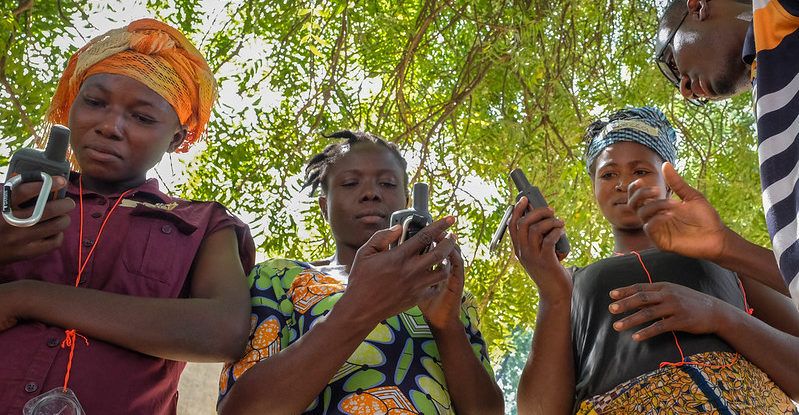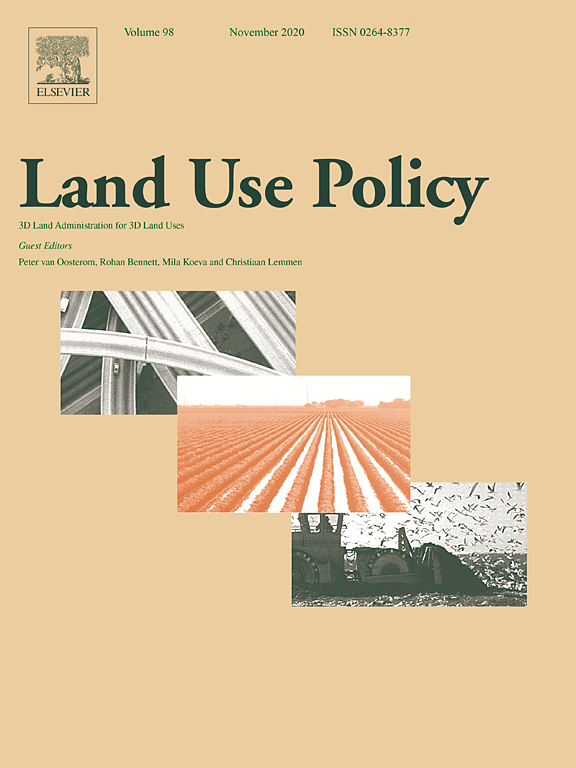International Women’s Day highlights the tremendous efforts by women and girls around the world in many walks of life. From farmers producing food for millions of people, to healthcare professionals working on the frontlines, to heads of governments directing national efforts to combat the COVID-19 pandemic, women play a central role. Yet, many still face adversities curtailing their potential, making a holistic vision and efforts toward women’s empowerment crucial.
To celebrate women leaders who are paving the way for many more in the future, we turn to Iliana Monterroso, co-coordinator of gender and social inclusion research at the Center for International Forestry Research and World Agroforestry (CIFOR-ICRAF), and Sammy Carsan, agroforester at CIFOR-ICRAF who is working with farmers across Africa to build development programs that are inclusive to vulnerable groups including women. They share their views on the key steps to women empowerment in development programs.
- Ensure rights are recognized both in law and practice, define clearly how women can access assets and endowments and ensure their participation in decision-making.
“This is very important as rights are key entry points to improve livelihoods. They are preconditioned to access resources, information, training, employment, and credit, which at the same time lead to improve incomes, access to technology, and investments,” said Monterroso. Addressing rights requires looking not only at the individual level ,but also at various cultural norms, social institutions and practices that shape how women and men participate in decisions making (?). - To build capacity investment in training and capacities of women and other under-represented and often marginalized groups is key so that people are actually able to operationalize rights and gain agency to be able to act on these rights.
Individual capacities and group capacities including support of women organizations is key to mobilize actions and improve efforts to address gender equality in development interventions. They are key to ensuring that rights recognizing law are also exercised in practice, according to Monterroso. It is also important to identify opportunities within communities to improve their circumstances. For example, solving issues around asset ownership. “For instance, providing support through women’s savings groups that could actually create assets that will also benefit communities,” said Carsan. - To address the underlying power relations that hinder how women and men engage in development interventions.
Social norms that define duties, responsibilities and existing structures can restrict the way women and men engage and benefit from interventions. “Looking into how notions of femininity and masculinities frame how women and men engage in development determine the type of roles women and men can play in society and the type of decision-making spaces they have access to,” Monterroso said. “It is very important to keep in mind that gender inequalities which determine how men and women can access opportunities to engage and participate in interventions differ across communities.” - To understand cultural settings in the target community of development programs that address women’s empowerment.
Tackling issues around women’s empowerment also requires a holistic perspective. “Oftentimes, gender intersects with other factors, including socio-economic conditions, class, ethnicity and age,” said Monterroso. Hence, disparities experienced by men, women, children, the elderly and Indigenous Peoples may exist at the household, community and policy level. “Cultural and traditional norms that control factors of production such as land and labor have to be taken on board when we design development programs that will benefit women and improve their capacities,” Carsan added. - To develop inclusive practices in women’s empowerment programs.
Inclusive practices that target women and men are more efficient solutions to addressing development challenges. As their lives are intertwined, it is important to include men in women empowerment programs. “What we find from experience is that women also want their men to succeed if the family is to succeed. So that’s very crucial in terms of engagement, social status and in terms of success,” said Carsan.
Listen to Monterroso and Carsan discuss women’s empowerment in in depth in this episode of the Let’s Talk Trees podcast to mark International Women’s Day.
Related publications:
We want you to share Forests News content, which is licensed under Creative Commons Attribution-NonCommercial-ShareAlike 4.0 International (CC BY-NC-SA 4.0). This means you are free to redistribute our material for non-commercial purposes. All we ask is that you give Forests News appropriate credit and link to the original Forests News content, indicate if changes were made, and distribute your contributions under the same Creative Commons license. You must notify Forests News if you repost, reprint or reuse our materials by contacting forestsnews@cifor-icraf.org.


